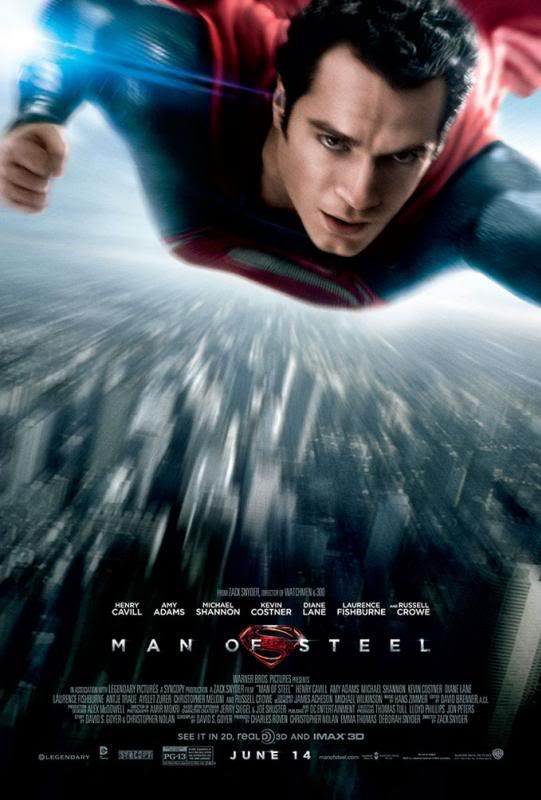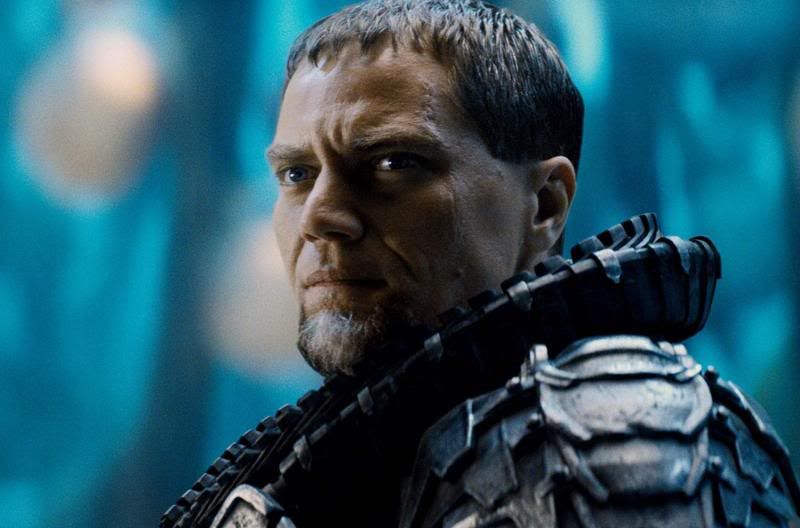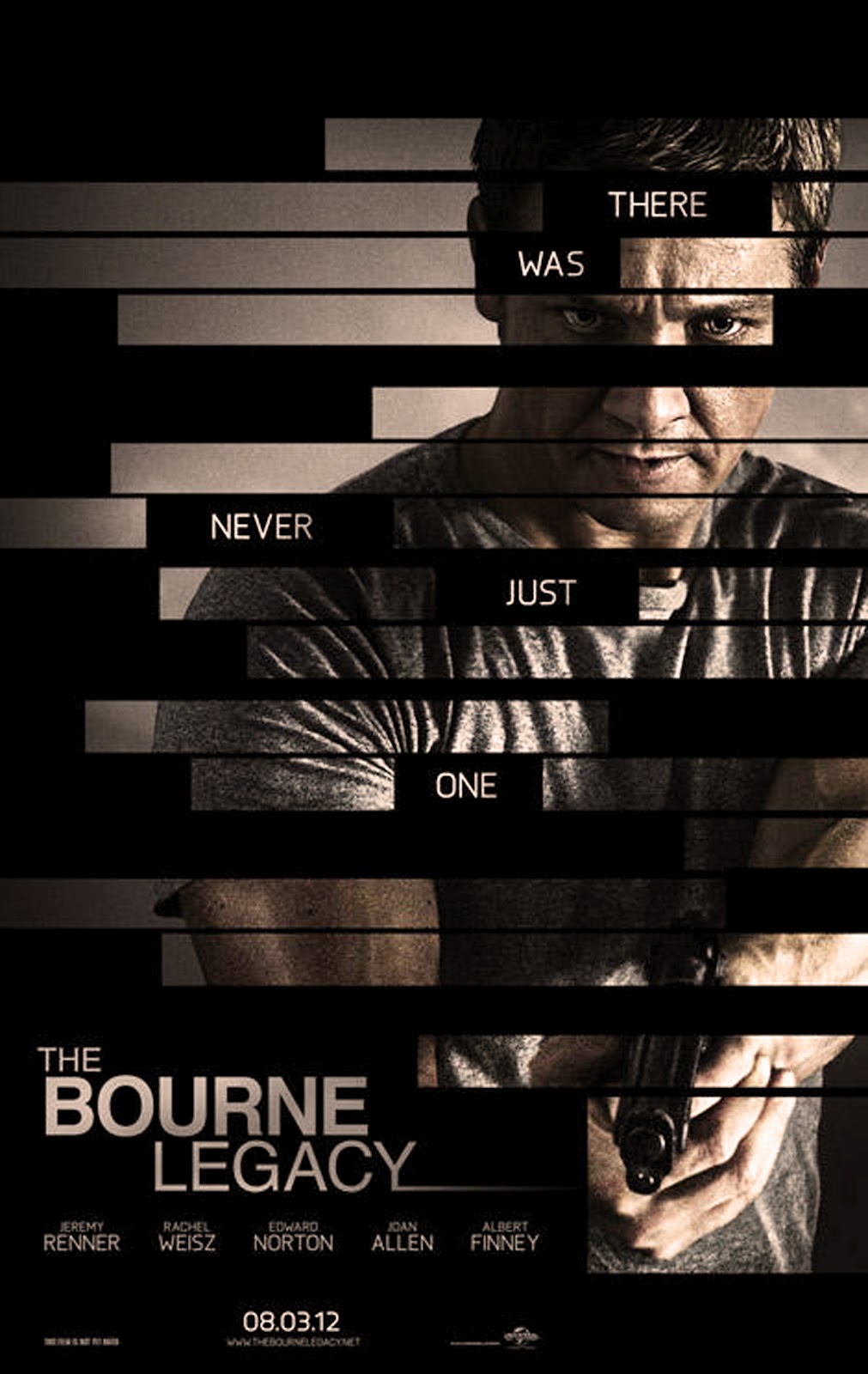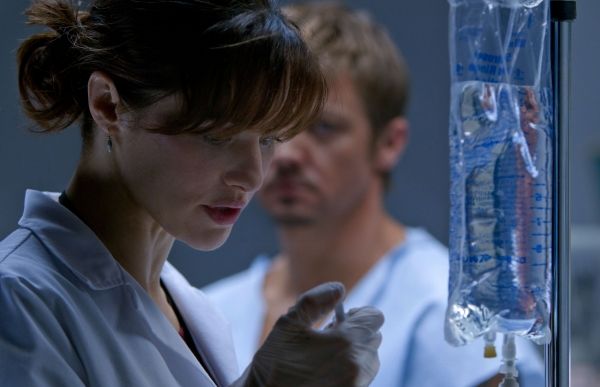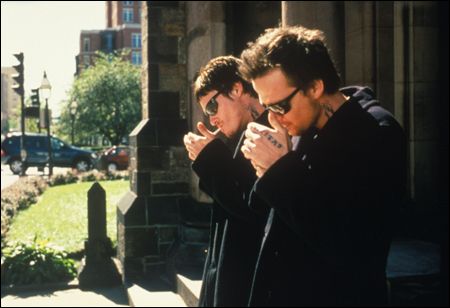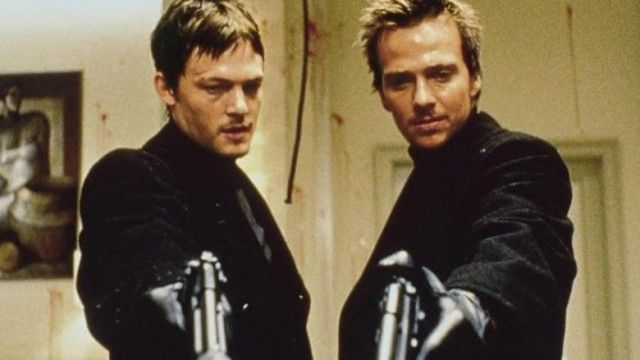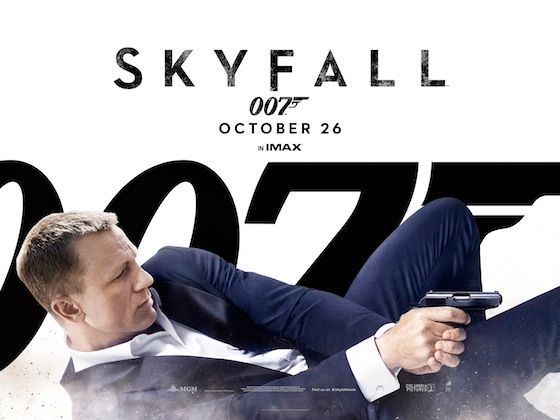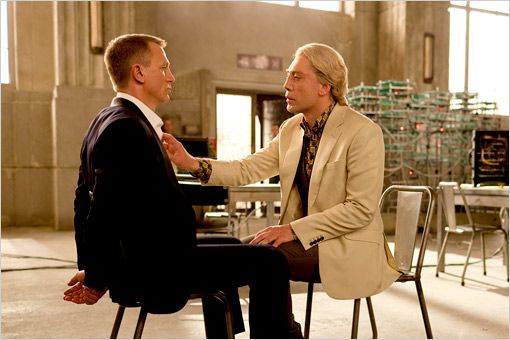As much as people will say “Lightning never strikes twice,” the Empire State Building in New York City would beg to differ. It’s why sequels keep getting made. The folks in charge of the production of entertainment like to keep giving the people what they want. Sometimes this leads to degradation through iteration, like seasons of Jersey Shore or movie adaptations of Star Trek: The Next Generation. At other times, though, quality is preserved for the most part, like seasons of Supernatural or the sequel Red 2.
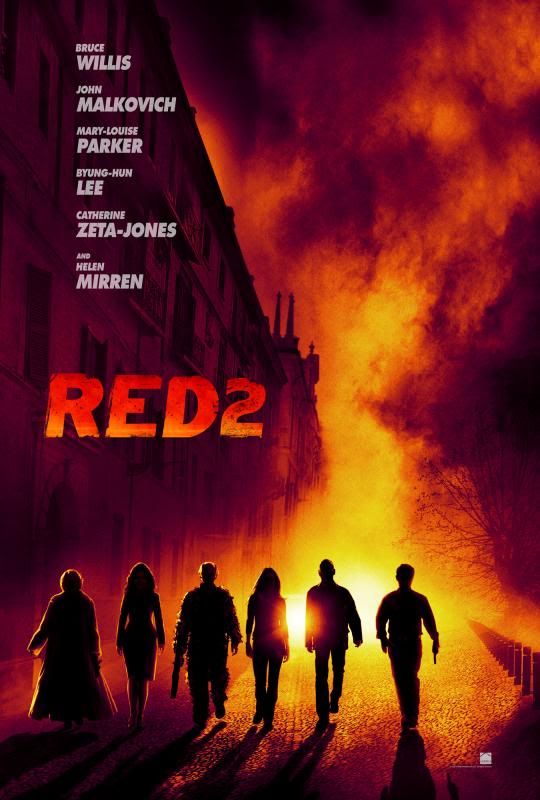
Retired & Extremely Dangerous ex-CIA counter-intelligence asset Frank Moses is settling into a domesticated life with his main squeeze when his paranoid buddy Martin tries to rope him into a job. Martin’s car is bombed and Frank decides it’s time to strap his spurs on again. It turns out that an operation they did back in their heyday is coming back to haunt them in the form of a weapon of mass destruction hidden somewhere in the Kremlin. With the US government sending relentless goons and hiring expert assassins, and betrayal waiting around every corner, Frank must stay one step ahead while trying to keep his girl safe, even as she tries to be a bigger part of his life.
So here we are again, in a follow-up to Red, a harmless and somewhat formulaic action comedy based on Warren Ellis’ graphic novel about old folks kicking ass. To the film’s credit, it’s more than a little aware of its roots in the media of panels and dialog balloons, as transitions from one world-wide locale to the next find the characters rendered as art before they’re swept away. It was a little touch I appreciated, and I also liked that Red 2 feels more like a global film. Like Pacific Rim, it feels larger in scope than the unfortunately jingoistic tendency of Hollywood films to remain focused on America. I mean, this year alone we had two movies in a row about the White House getting smashed by terrorists.
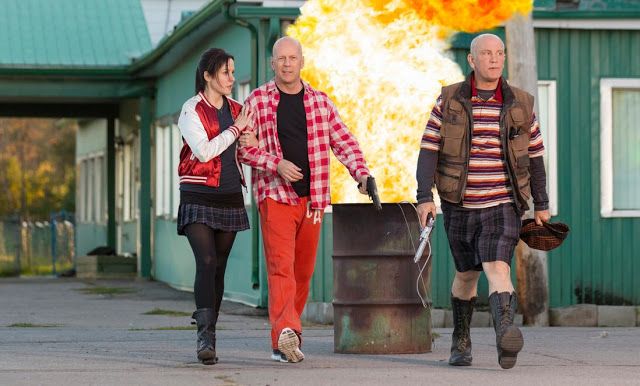
Just another day out with friends…
The other aspect that Red 2 shares with Pacific Rim is the fact that not a lot of time is spent in emotional low states. This is a movie more concerned with having fun and keeping the story moving than being grim or brooding or even all that realistic. Like its predecessor, the aim is for largely unoffensive entertainment for audience members of age for its subject matter. The movie is kept afloat on its situational humor, some inventive fight and infiltration scenes, and a good deal of star power. If you’re interested in Red 2, chances are it’s because of who’s in it. A good deal of Anthony Hopkins’ role involves what I might uncharitably call fan service. While it’s enjoyable on the whole, a few elements feel slightly tacked on to emphasize this or that star. It doesn’t take anything away from the movie, at least for me, but it’s a flaw that bears a mention.
As much as Red 2 does what every sequel sets out to do – build on the experiences of the previous story, expand its scope, raise the stakes, and draw in more audience – it also bears mentioning that more of the same might not be what you’re looking for as a movie-goer. Then again, enough people went to see Man of Steel and Star Trek: Into Darkness to justify more of those same coming soon (and yes, I was one of them, so I’m just as guilty), so maybe I’m just making mountains out of molehills here.
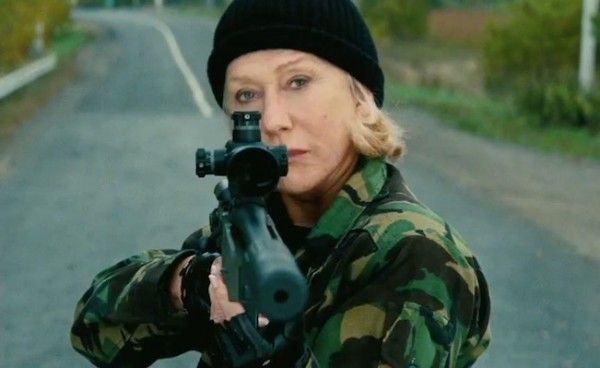
Classing up everything she’s in.
Stuff I Liked: The broader scope works in keeping the formula fresh. The action remains inventive and, at times, quite funny. It’s nice to see a relationship dynamic that, while troubled, is stable enough that discussions do not explode into arguments or pointless shouting matches. There’s a maturity to this action comedy that I appreciate; no cheap jokes or toilet humor here, save for one scene.
Stuff I Didn’t Like: It’s still a formula piece, for better or worse. The motions the cast goes through are familiar and for some it may be a case of more of the same not being enough. There’s very little to challenge the mind, and the writers take no real risks with the material.
Stuff I Loved: I’m so glad they brought back Brian Cox, albeit briefly. I loved seeing Anthony Hopkins switch so easily from tottering old crazy man to razor-edged mad scientist. For someone who wasn’t a big fan of the GI Joe movie but appreciated the martial artistry of Storm Shadow, Byung-hun Lee was a delight to see in action. The entire cast is on board for this, they have a great time, and the fun is infectious.
Bottom Line: Red 2 is, ultimately, completely inoffensive. On the one hand, it’s a sequel so safe and linear that some might find it downright boring. On the other, though, it’s infused with more than enough character and just enough heart to keep any audience who liked the first movie interested in seeing the second through to the end. If nothing else, in a summer that seems overly concerned with making their movies grim and dark and brooding and serious, sometimes all you need is the sight of Helen Mirren shooting people with all of the elegance you’d expect from someone of her stature.

